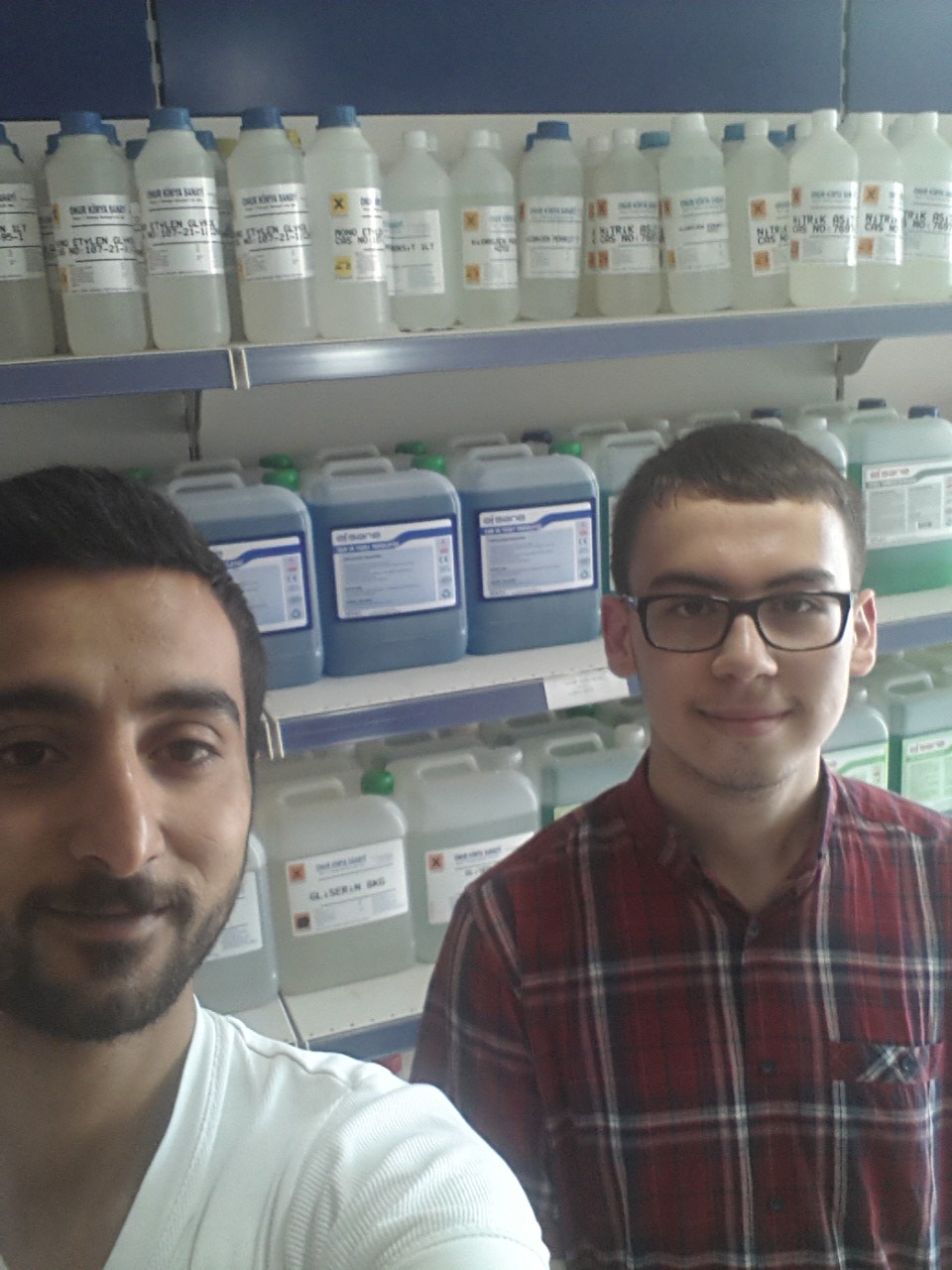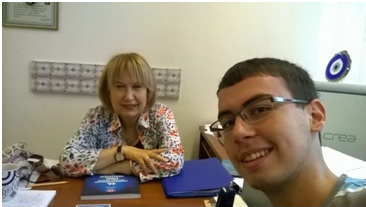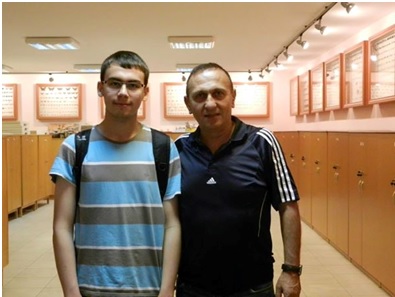Difference between revisions of "Team:AUC TURKEY/Practices"
(Prototype team page) |
|||
| Line 1: | Line 1: | ||
{{AUC_TURKEY}} | {{AUC_TURKEY}} | ||
| − | |||
| − | + | [[File:Sadrettin Durakçı.jpg|thumb|right|350px|'''Figure 1''': Onur Kimya]] | |
| − | + | :We met Sadrettin Başalan, an official of Onur Kimya. | |
| − | + | We had a short meeting with him on our project.He listened to our project, very much intrigued. He also assisted us in the acquiring of the chemicals we use in our project, by also providing the necessary information for their usage. | |
| − | + | ||
| − | + | :We thank Sadrettin Başalan and Onur Kimya. | |
| − | + | ||
| − | + | ||
| − | + | ||
| − | + | ||
| − | + | ||
| − | + | ||
| − | + | ||
| − | + | ||
| − | + | ||
| + | [[File:Adsız.jpg|thumb|right|350px|'''Figure 1''': Prof. Dr. Nilüfer Aksöz]] | ||
| − | |||
| − | |||
| − | |||
| − | |||
| − | |||
| − | |||
| − | |||
| − | |||
| − | |||
| − | |||
| − | |||
| − | |||
| − | |||
| − | |||
| − | |||
| − | |||
| − | |||
| − | |||
| − | |||
| − | |||
| − | |||
| − | |||
| − | |||
| − | |||
| − | |||
| − | |||
| − | |||
| − | |||
| − | |||
| + | |||
| + | |||
| + | |||
| + | |||
| + | |||
| + | We discussed the application of our project with the Head of the Department of Biotechnology of Hacettepe University, Prof. Dr. Nilüfer Aksöz. Talks on how the project could be applied in real life and how it could be turned into a product were carried out. The talks were focused on the efficiency of such an application. Abrupt calculations for the scale of effectivity were conducted. Mrs. Aksöz suggested to implant sensors such as turbidostat and chemostat in host tanks to maximize efficiency. | ||
| + | We thank her for her assistance and time! | ||
| + | |||
| + | |||
| + | |||
| + | |||
| + | |||
| + | |||
| + | |||
| + | [[File:Rh.jpg|thumb|right|350px|'''Figure 1''': Mr. Yusuf Durmuş]] | ||
| + | |||
| + | |||
| + | |||
| + | |||
| + | We came together with Mr. Yusuf Durmuş, an Expert of Entomology at the Hacettepe University. We explained how we had adopted the catalase of the Bombardier Beetle for our project. He had suggestions on how the metabolic systems of other insects could be utilized for our project and possible future projects. He also elaborated on the future application of the project. | ||
| + | |||
| + | <html> | ||
</div> | </div> | ||
</html> | </html> | ||
Revision as of 19:18, 27 August 2015

- We met Sadrettin Başalan, an official of Onur Kimya.
We had a short meeting with him on our project.He listened to our project, very much intrigued. He also assisted us in the acquiring of the chemicals we use in our project, by also providing the necessary information for their usage.
- We thank Sadrettin Başalan and Onur Kimya.
We discussed the application of our project with the Head of the Department of Biotechnology of Hacettepe University, Prof. Dr. Nilüfer Aksöz. Talks on how the project could be applied in real life and how it could be turned into a product were carried out. The talks were focused on the efficiency of such an application. Abrupt calculations for the scale of effectivity were conducted. Mrs. Aksöz suggested to implant sensors such as turbidostat and chemostat in host tanks to maximize efficiency.
We thank her for her assistance and time!
We came together with Mr. Yusuf Durmuş, an Expert of Entomology at the Hacettepe University. We explained how we had adopted the catalase of the Bombardier Beetle for our project. He had suggestions on how the metabolic systems of other insects could be utilized for our project and possible future projects. He also elaborated on the future application of the project.














